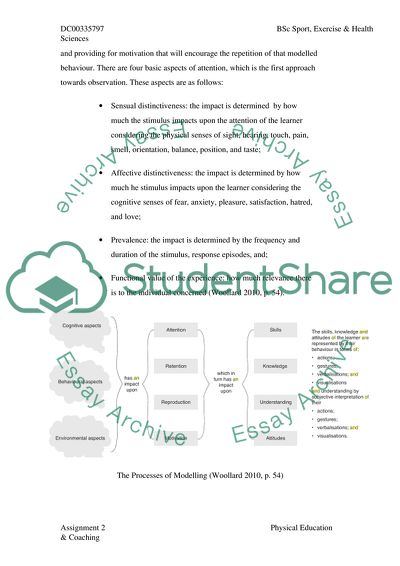Cite this document
(Coaching: A Reflection on Experience Research Paper, n.d.)
Coaching: A Reflection on Experience Research Paper. Retrieved from https://studentshare.org/education/1775355-physical-education-and-coaching
Coaching: A Reflection on Experience Research Paper. Retrieved from https://studentshare.org/education/1775355-physical-education-and-coaching
(Coaching: A Reflection on Experience Research Paper)
Coaching: A Reflection on Experience Research Paper. https://studentshare.org/education/1775355-physical-education-and-coaching.
Coaching: A Reflection on Experience Research Paper. https://studentshare.org/education/1775355-physical-education-and-coaching.
“Coaching: A Reflection on Experience Research Paper”, n.d. https://studentshare.org/education/1775355-physical-education-and-coaching.


